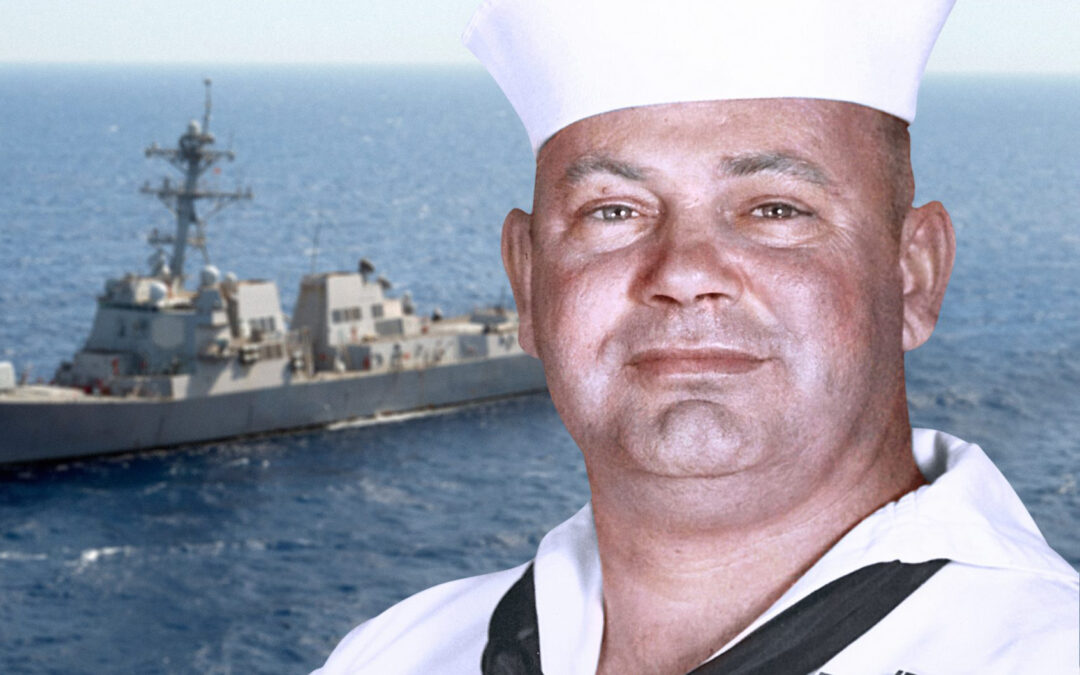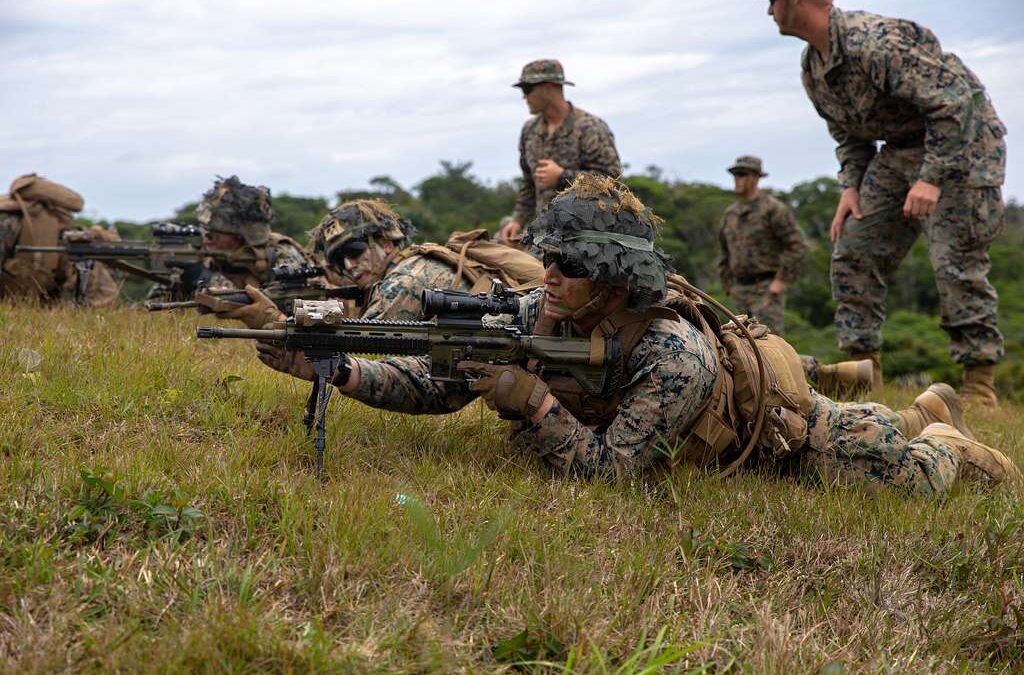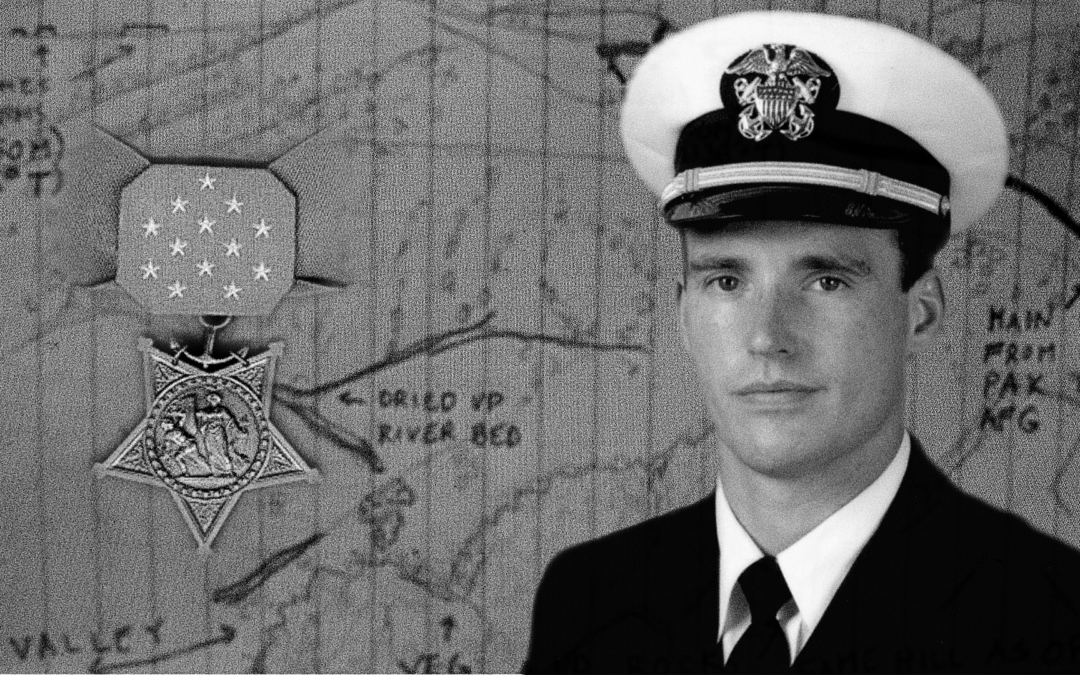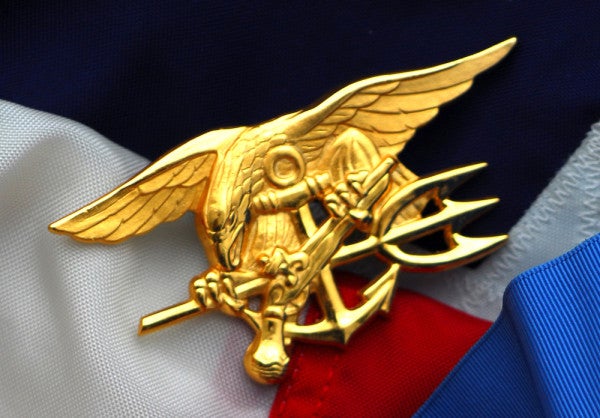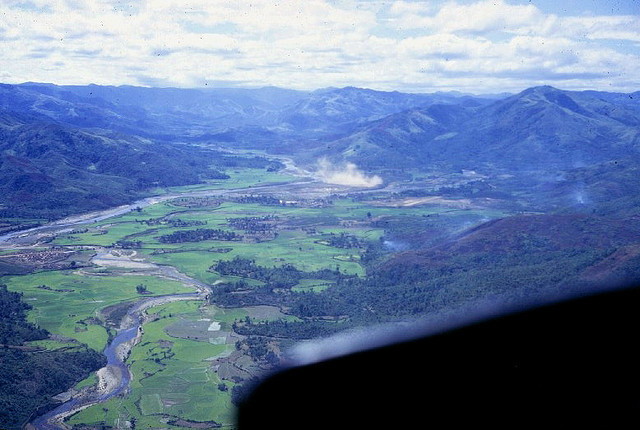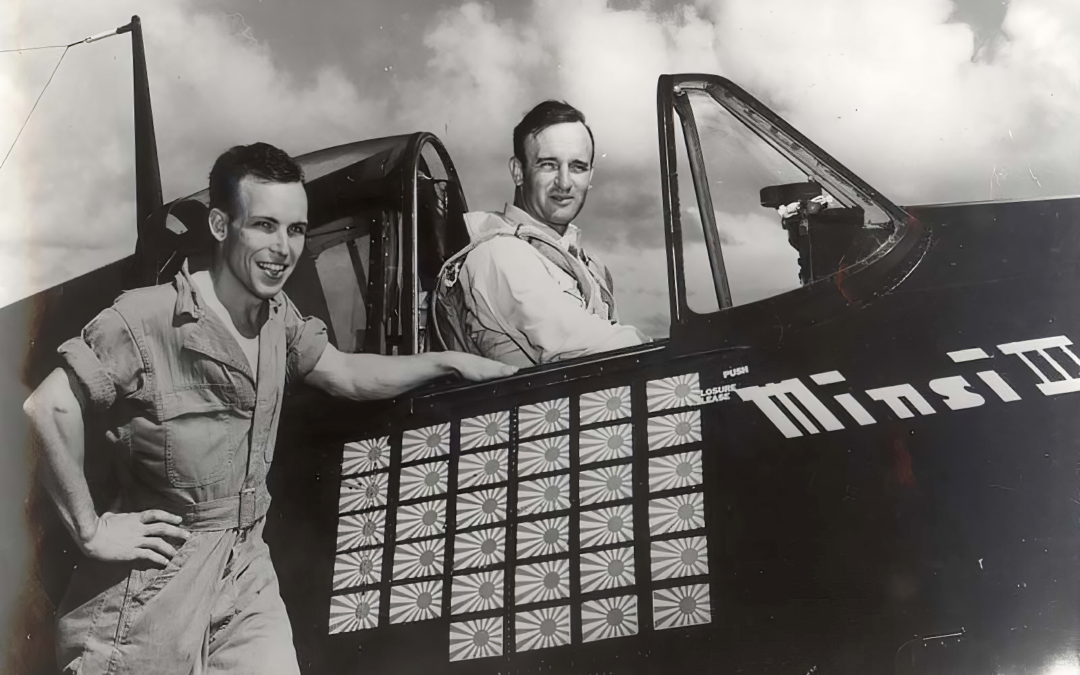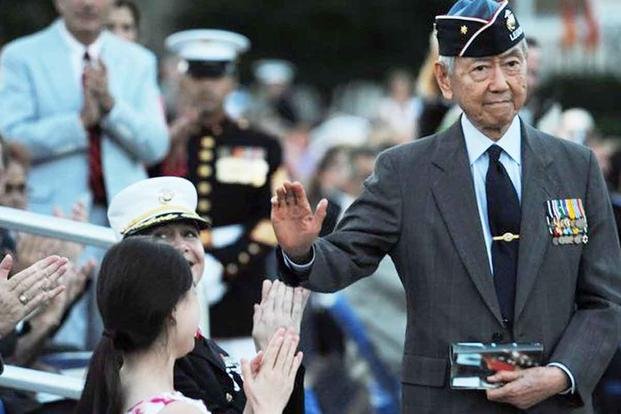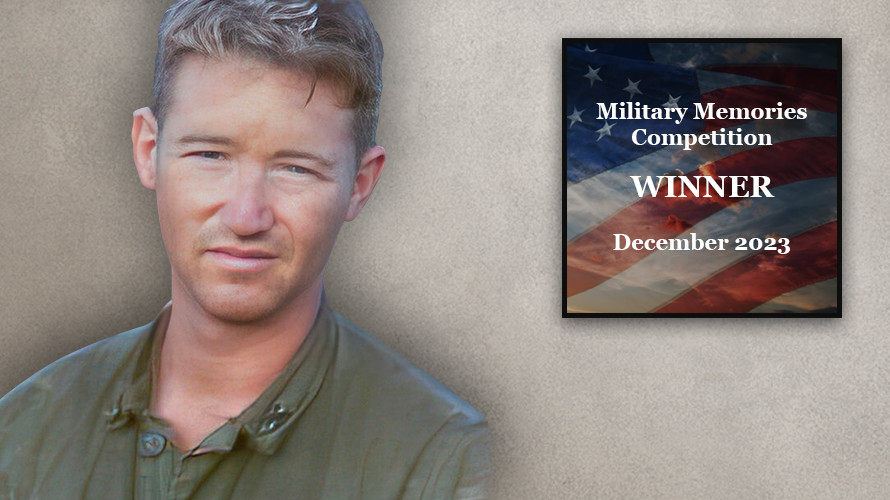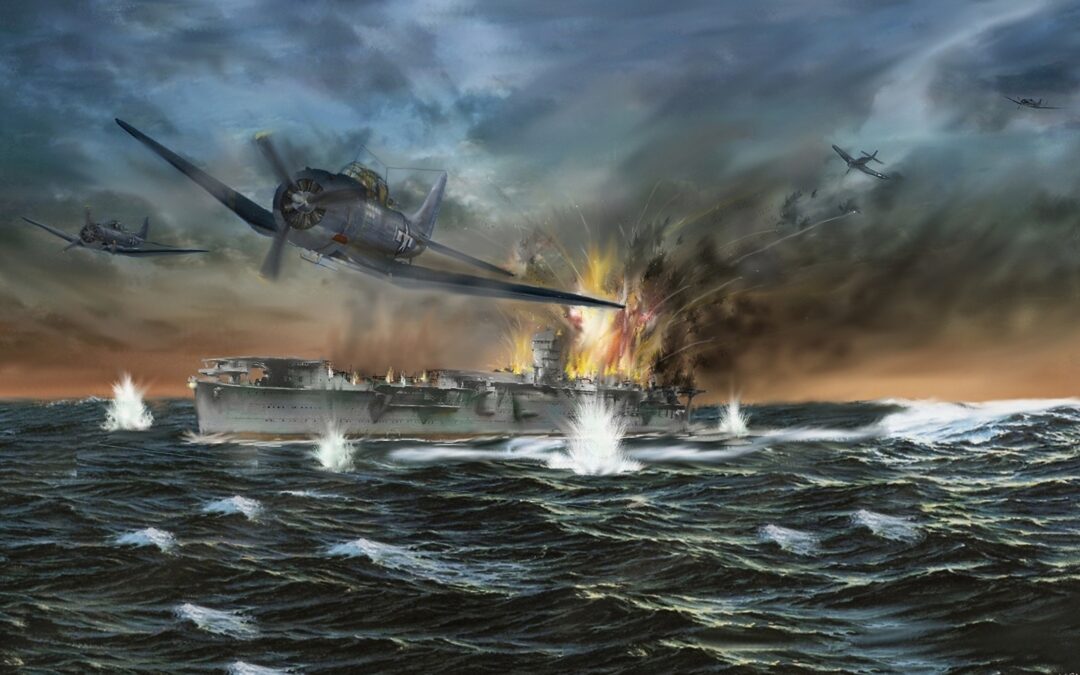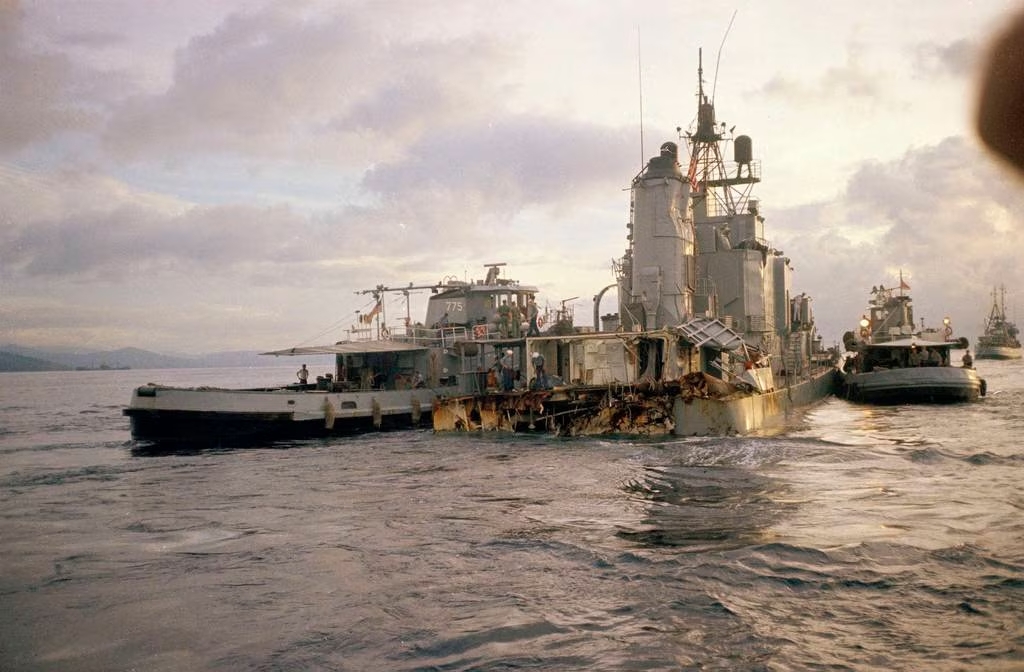In the history of the United States Navy, only seven men have earned all of the big three valor awards: Medal of Honor, Navy Cross, and Silver Star. Six were World War II officers, including one aviator. The seventh was James Elliott "Willy" Williams - considered the most decorated enlisted man in the history of the Navy. James Williams Joined the Navy at Sixteen James Williams, a Cherokee Indian, was born November 13, 1930, in Fort Mill, South Carolina. Two months later he moved with his...
